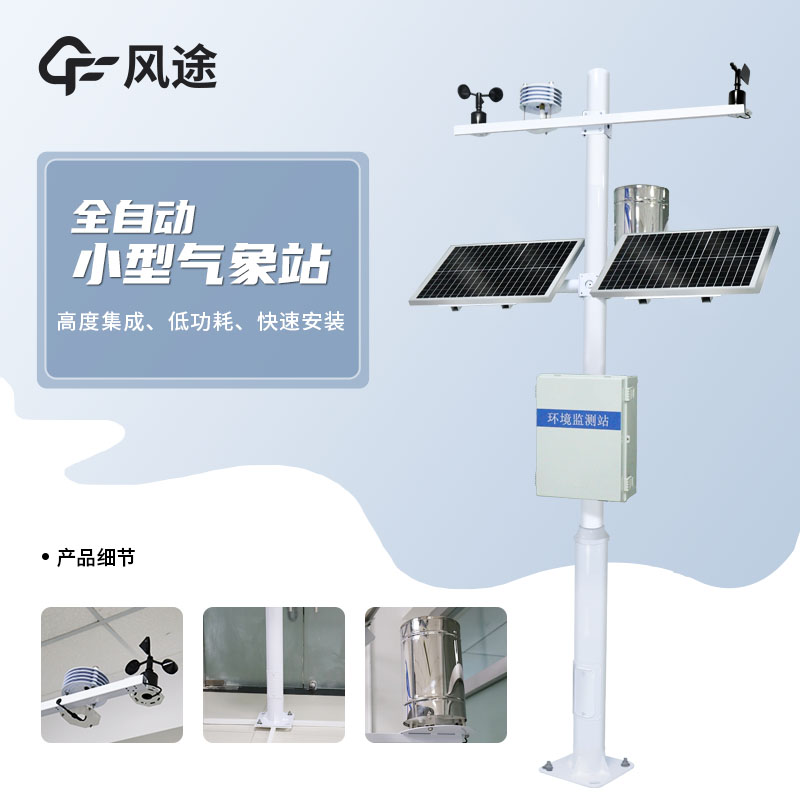Modern weather stations construct an all-weather and multi-dimensional meteorological monitoring network by integrating various sensing devices and intelligent systems. Their core equipment can be divided into three major modules: data acquisition, processing and transmission, and environmental protection.
The core sensors of weather stations are responsible for the real-time monitoring of atmospheric, surface and radiation parameters. Temperature sensors mostly adopt platinum resistance or thermistor technology, with an accuracy of up to 0.1°C. Humidity detection mainly uses capacitive or hygroscopic capacitive sensors, and some are integrated with temperature to form a temperature and humidity integrated device. Barometric pressure measurement relies on silicon diaphragm capacitive sensors, which convert the deformation of the thin film into electrical signals. Wind speed and direction are measured by cup anemometers and ultrasonic sensors respectively, and dual-mode measurement of instantaneous and average wind speeds is also supported. Precipitation monitoring includes tipping bucket rain gauges and weighing sensors, and the latter can distinguish between rain, snow and other forms. In addition, radiation sensors (such as pyranometers and photosynthetically active radiation meters) and sunshine recorders jointly record solar radiation energy.
The data logger integrates multi-channel sensor signals, supports SDI-12 or RS485 interfaces, and has a built-in large-capacity memory and real-time clock. The processing software generates trend charts and disaster warning models. The transmission module is compatible with both wired (Ethernet) and wireless (4G, LoRa, satellite) methods, and some are equipped with redundant communication links to ensure data return under extreme weather conditions. The over-limit alarm function can be linked to multiple channels such as SMS and audible and visual alarms to push warnings.
The power supply system uses a combination of solar panels and batteries to ensure the continuous operation of field stations. The protection design includes windshields, lightning protection devices and Stevenson screens. The expansion modules are customized according to scenarios. For example, agricultural stations add soil temperature and humidity and electrical conductivity sensors; urban stations integrate air quality monitoring units such as PM2.5 and CO₂. Traffic weather stations are also equipped with visibility meters and road surface condition sensors to support icing warnings.
In general, through high-precision sensing and intelligent analysis, weather station equipment provides scientific support for disaster prevention and reduction, agricultural production and environmental governance. Its modular design is promoting the continuous evolution of meteorological monitoring towards networking and specialization.

Article address:https://www.sqqx.net/en/news/588.html

 +86 15898932201
+86 15898932201



